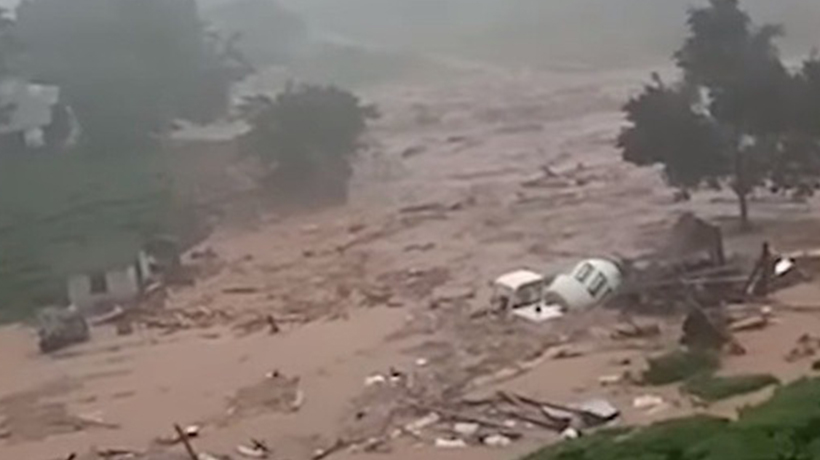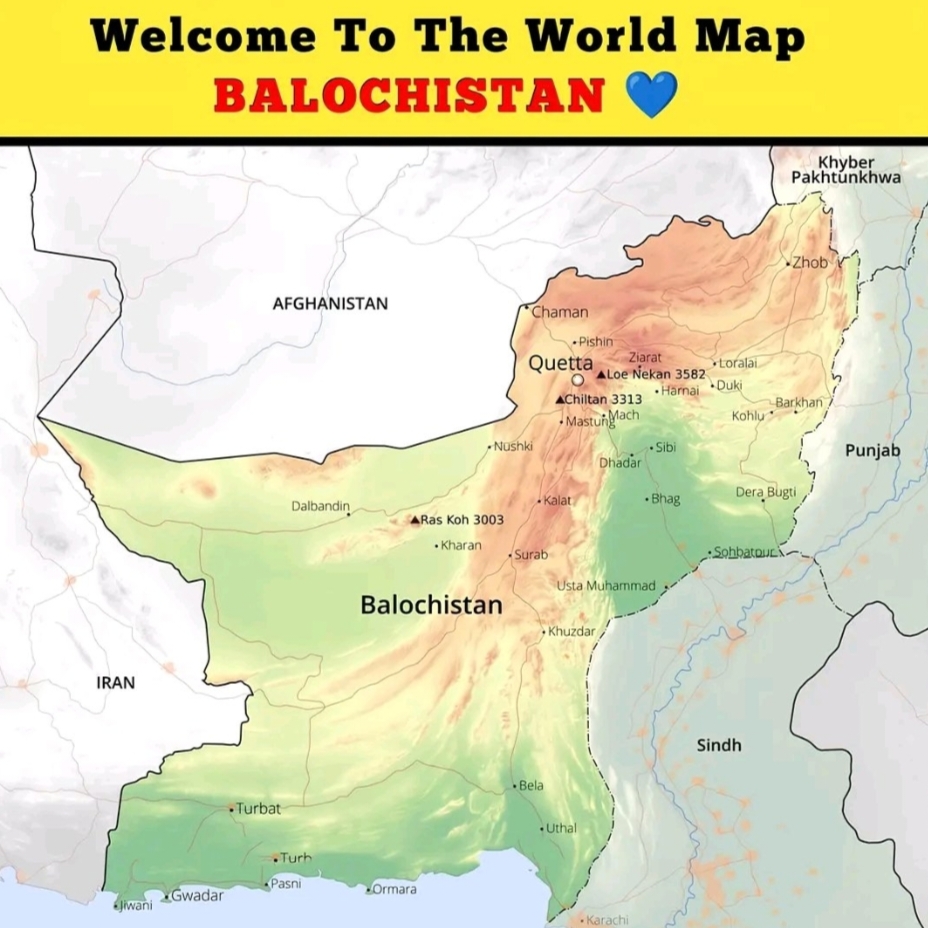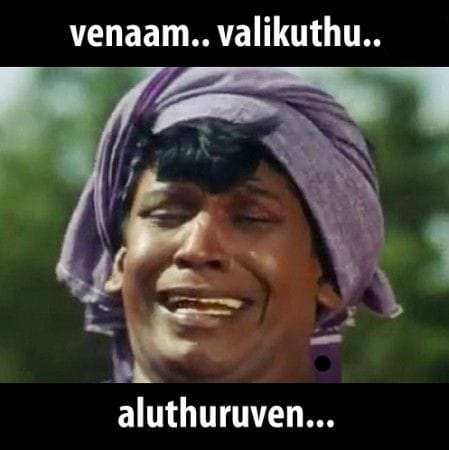Trending Now
- “I will soon make an announcement regarding a statewide tour across Tamil Nadu.” – O. Panneerselvam.
- Vatsala, Asia’s oldest elephant, has passed away at Panna Tiger Reserve; social activists mourn the death of this elephant, which lived for over 100 years.
- “The U.S. Govt earned ₹8 lakh crore this year through increased tariffs on foreign goods.” – U.S President Donald Trump.
- World No.1 Aryna Sabalenka has advanced to the semifinals in the Women’s Singles category at Wimbledon Tennis.
India News
Man-made disaster again Kerala flood, landslides leave 100 dead, a spectre is haunting Western Ghats
![]() August 20, 2019
August 20, 2019
Four days of torrential rain and Kerala lost around 100 people, with the number set to rise as the Army, NDRF and locals were continuously engaged in extricating bodies, at least 60, under the debris of landslides.
The worst of these landslides occurred at Kavalapara in Malappuram and Puthumala in Wayanad, both marked out as highly vulnerable to landslides by National Centre for Earth Studies way back in 2010.
Even as Kerala was struggling to come out of the impact of the August 2018 devastating flood which claimed over 480 lives, the heavy downpour this time saw hills roll down and mud bury houses with people in it.
Hilly terrains in Wayanad, Malappuram and Idukki in Kerala and the Nilgiris in Tamil Nadu bore the brunt of landslides, calling for new development paradigms.
It was not long ago but in 2013 that Madhav Gadgil warned of a disaster in the Western Ghats in four or five years. But political parties and governments not only ignored him and rejected his report, but also did not even care to heed his suggestion for discussion of his Western Ghats Ecology Expert Panel report at the grassroots level.
According to studies, the over 1,900 areas that were struck by landslides and mudslides during the August 2018 flood were prone to landslides.
After last year’s floods, the soil had not hardened, posing the risk of more landslides in future. Of these, at least 80 regions in seven districts witnessed landslides this time.
Rescue operations at landslide-affected areas was hampered as excavation at one point led to more landslides because of loose soil.
Worse still has been the official stand that the very heavy rain, similar to a cloud burst, was the cause of such a tragedy as mudslides happened even deep in the forest. But experts pointed to the massive quarrying along the Ghats. The impact of the blasts travels fast and far across granite and the entire rocky terrain in the forest too was shaken. There are at least 300 quarries in these districts.
Ironically, the Pinarayi Government very recently granted licences to several quarries and not very long ago relaxed norms for licences of granite quarries. It even diluted the wetland conservation laws to help people fill paddy fields, known as the best example of watershed management.
Refusing to learn from the past, it hardly a fortnight ago decided to regularise illegal buildings of 1,500 sqft plinth area in Munnar, right in the Western Ghats, with a ceiling of 15 cents. Only plinth area matters and not the height even on slopes Anything above the 15-cent limit would be taken over by the government and handed over to others to be run for a limited period which goes against the grind of environment protection.
This unscientific development strategy is clear with the Left Government approaching the World Bank, once termed by it as the agency of the US to promote capitalism, for aid to rebuild Kerala after last year’s flood.
The Kerala Government, the Union Government and the World Bank have signed a $250m (₹1,750 crore) loan agreement for the Resilient Kerala Programme.
The thrust is on building basic infrastructure, including a High Speed Rail Corridor, which will mean more construction and more blasting in the Ghats for construction purposes. All these have little to do with flood-related rebuilding.
What the state needs is a people-oriented environmentally sustainable development plan and certainly not a capital-oriented one that will come with the World Bank support.
It is time the Government went back to its election manifesto of 2016 where it says, “The importance of Western Ghats in preservation of ecology of Kerala will be understood in correct perspective and a project for the conservation of Western Ghats will be implemented with the active participation of the farming community and local inhabitants.”





















